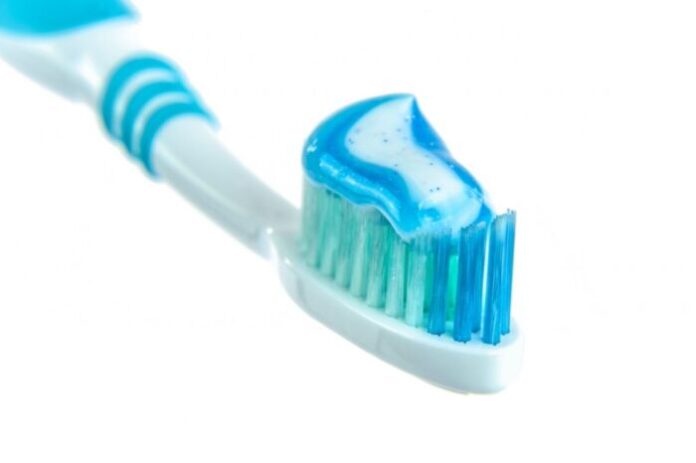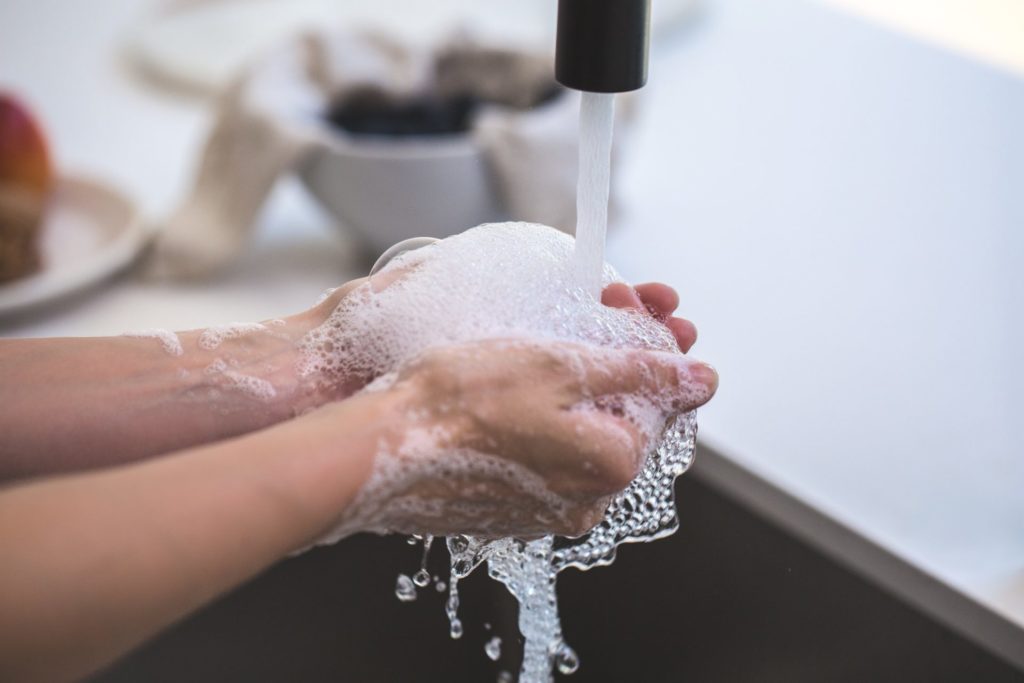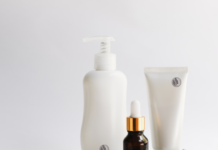
With the beginning of the year in Italy the rule that bans all rinsing cosmetic products containing microplastics, components that do not exceed 5 mm but which are highly polluting, became law. Every year only in Italy 320 tons of microplastics are released into the sea, which are punctually found everywhere, even in the fish.
The entry into force of the law closes (almost) definitively an era of cosmetics. With a period of two years, from the day of the modification of the REACH regulation (11 January 2018), the houses responsible for placing cosmetic brands on the international market had to adapt and limit the use of products in a percentage of less than 0.10% finished by rinsing two silicones: Cyclopentasiloxane and Dimethiconol.
REACH is a European Union regulation adopted to improve the protection of human health and the environment from the risks of chemicals. REACH also establishes the European Chemicals Agency (ECHA) which plays a central coordinating and implementing role in the whole process. ECHA is based in Helsinki (Finland) and is responsible for managing the registration, evaluation, authorization and restriction processes of chemicals in order to ensure their consistency across the European Union.
This restriction, which practically renders these raw materials unusable in rinsing products – since in order to carry out their function they must be present at much higher percentages – effectively declares the end of an era. An era of more than twenty years during which silicones have played a central role in the research and development of new products.
Without wishing to enter into the merits of the war on silicones that has raged for years in the cosmetic and communication field, we try to understand that silicones have made the fortune and success of many cosmetic products of renowned brands and global distribution. As always, research and development in the cosmetic field tends to improve the finished products making them more dermo-related and eco-compatible. This has led in the most recent past to ban an anti-bacterial (Triclosan) in cosmetic products present up to a few years ago in 90% of the toothpastes on the market.
There is nothing wrong with improving cosmetic products by making them safer, in case it is wrong to take sides emotionally for or against a certain raw material. Silicones have been said about everything in one sense or another. From being carcinogenic, comedogenic and nesting in the liver to the fact that, being used for prostheses, they are compatible with human biology, which do not go rancid, make the skin silky and velvety and shiny hair. In short, there is something for all tastes; a little common sense tells us that being raw materials allowed in the manufacture of cosmetics and not included in the list of banned substances, they are not dangerous for human health. Another discussion is whether they are dangerous for the environment and harmful to the skin and hair.

Focusing on the environment, we know that these substances have been classified as PBT and vPvB. This classification is relevant for the effects on the environment: PBT substances are Persistent, Bioaccumulative and Toxic substances; vPvB substances are very Persistent and very Bioaccumulative substances.
Persistence (P): indicates that the substance is able to resist degradation processes, remaining unaltered for long periods; Bioaccumulation (B): indicates that the substance has a tendency to accumulate in living organisms and this tendency can concern ecosystems that are located at a great distance from the source of release of the substance itself and Toxicity (T) for biological organisms is generally identified through specific studies that allow to determine harmful effects on organisms.
It is here, based on this knowledge, that the idea that the era of silicones in cosmetics has closed is insinuated. Maybe. It remains a legislative mystery how a long process has led to limit (practically ban) the use of the two silicones only in rinsing products. What does it mean? Given the fact that Cyclopentasiloxane is a volatile silicone (i.e. it evaporates on contact with the skin) and Dimethicone is a dense silicone, experts intended to limit their release to water as much as possible.
In fact, if these raw materials were present in a hair conditioner, the Cyclopentasiloxane would not evaporate because not in contact with the skin but on the length of the hair while the Dimethicone, carried out its film-forming power on the hair, would be rinsed off, together with the Cyclopentasiloxane, and would end inevitably in the discharges polluting the environment.
If the product were a non-rinse hair mask it could contain the two raw materials well over 0.10%. A minimum of common sense is always enough to understand that the mask on the hair I will apply it with my hands and a comb which I will inevitably rinse by putting the two raw materials in the drains. So how come the various scientific research committees, various legislators have adopted this choice? The answer is like wanting to distinguish a murder from a massacre: since surely on the hands and on the comb there will be less product, we will pollute less. But the doubt remains
Fortunately, the common sense of balanced consumers will allow us to limit the use of cosmetics containing Cyclopentasiloxane and Dimethicone to the utmost respect for our planet.
This story reminds another story of integration into the eco-system. Many years ago disposable plastic plates were launched on the market and had a hit. Today they don’t make any sense: if a consumer is balanced he could know that today a dishwasher uses less water for a full load (12 people) than it would take a person to wash all those dishes by hand; dishwashers consume one fifth of what they consumed thirty years ago and electricity now mostly comes from renewable sources. So what’s the point of using disposable plastic dishes? Just don’t use them without embarking on emotional wars: the same goes for silicones. If so, the era will be over without any perhaps.







































